What is the tolerance range of precision screws?
What is the tolerance range of precision screws?
Service Hotline
+86760-8787 8587We have more than ten years of experience in screw industry production, the main products are: double-pass single-pass nylon, extended cup head screws, GB27 external hexagon plug bolts, open mesons, GB873 hollow core nails 304 double-strand pull nails rivets, DIN125 gaskets, Copper embedded nut, flat washer set bolt, planting welding spot welding stud female thread round nut column, fishtail bolt, hexagonal toothed screw, thin small flat washer, bayonet hairpin pin, main board support column isolation column, DIN917 hexagon For fasteners such as cap nuts, prices vary due to different product materials and specifications. Please contact us if necessary.


In the riveting connection of various structural parts, waterproof lantern rivets have been widely used in riveting environments that require waterproofing. After the riveting parts are riveted, the waterproof structure area of the mandrel and the waterproof structure of the rivet body There is no complete close fit between the areas. In some riveting ranges, the waterproof performance of the rivet is affected. The main reason is that the traditional processing technology of the mandrel and the materials used bring many troubles to the riveting process. is a problem to be solved at present.
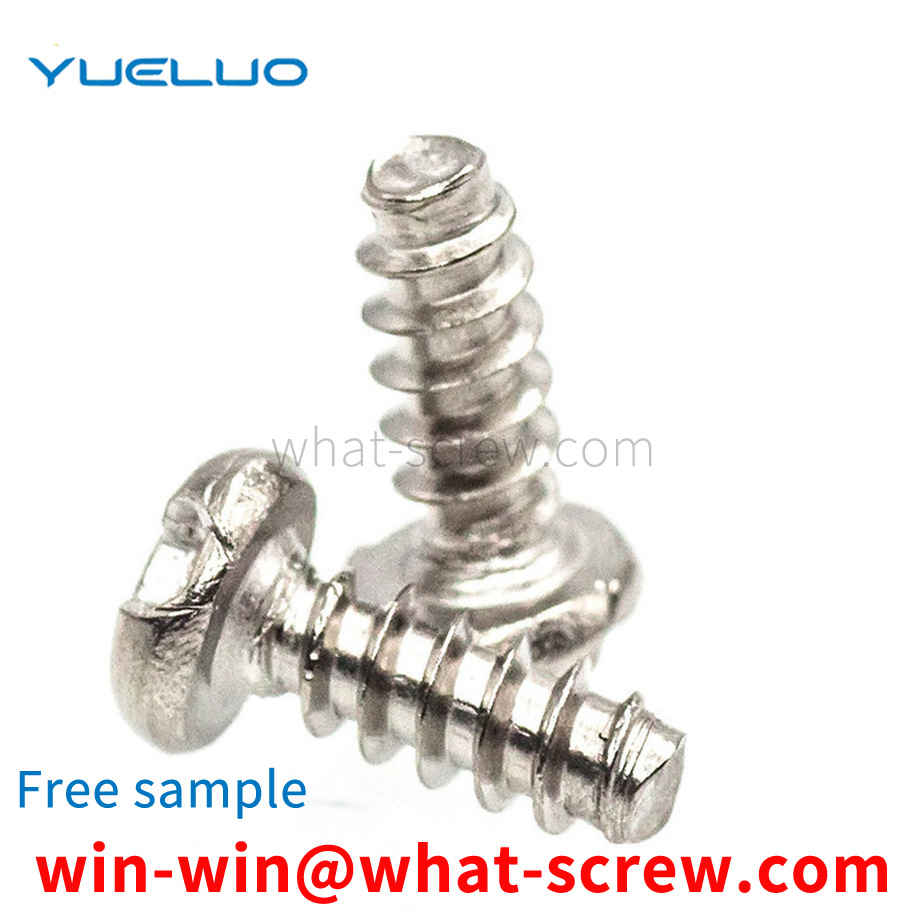
Now the screw itself is made of metal, so it is easy to rust, especially screws in harsh weather environments that are exposed to the air for a long time, such as air conditioners, wires, etc. In the existing technology, the shape of the screw has been fixed, and the structure of the screw itself is composed of a shaft with twill in the middle and a polygonal structure with stripes on the outside. OK, but because of the installation of some equipment, it needs to be exposed to the air for a long time. For example, the outdoor unit of the air conditioner must be installed in the outdoor area, and the outdoor can not be sheltered from wind and rain, so after long-term sun and rain, the screw The surface is easy to rust. If the rust is serious to a certain extent, the nut will be embroidered to death. Once the external machine needs to be disassembled one day, the embroidered screw will lose its use value and give workers to the workers. The disassembly and assembly of the screw has caused a lot of trouble, because the embroidered screw cannot be unscrewed directly. The only method used is to cut off the shaft in the middle of the screw with a hacksaw, or discard the entire screw structure. Since the shaft in the screw has been inserted into the middle of the wall, this waste is not good for both aesthetics and safety. To solve the rust problem of the screw, the existing technology is to improve the material of the screw, or to maintain it regularly, but this method itself is time-consuming and labor-intensive, and it is a waste of resources.
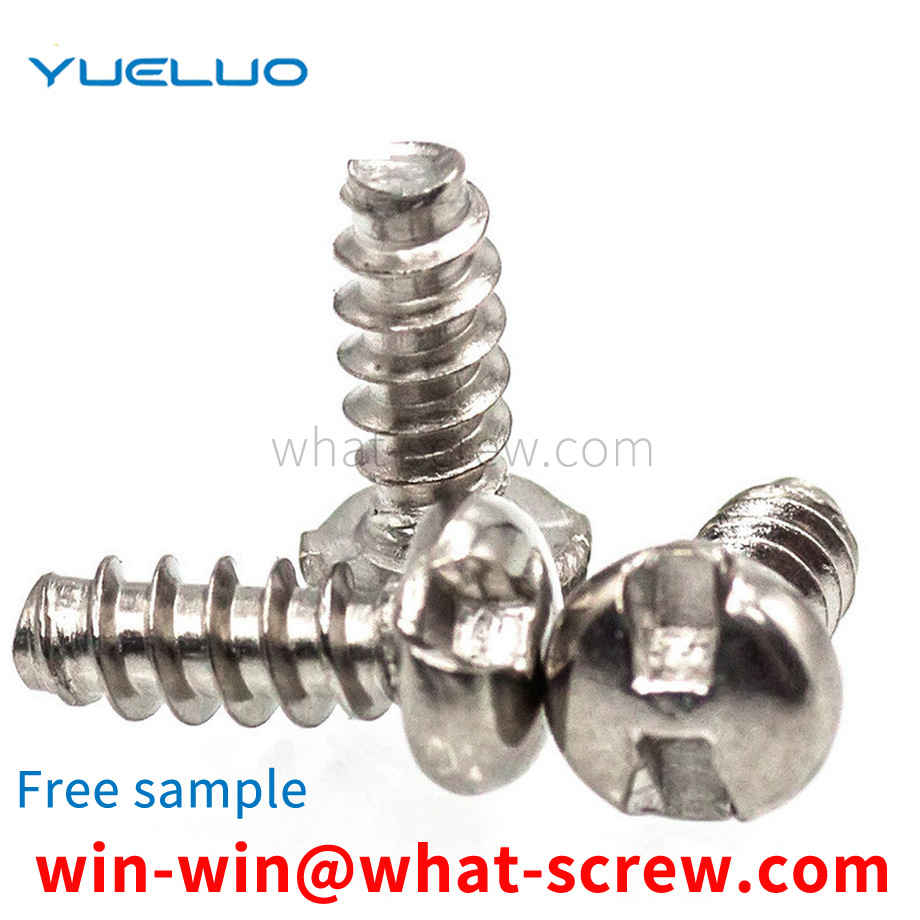
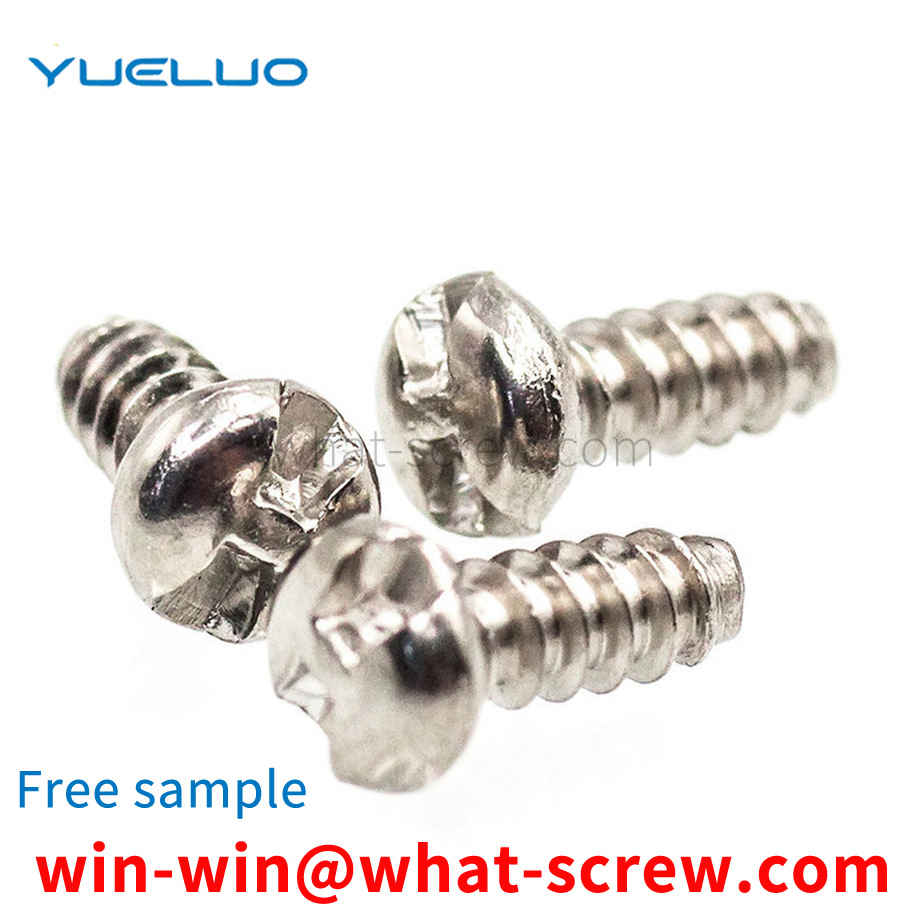
The following standards contain provisions which, through reference in this standard, constitute provisions of this standard, and at the time of publication of this standard, the editions indicated were valid. All standards are subject to revision and parties using this standard should explore the possibility of using the latest edition of the following standards. GB/T90-1985 Fasteners Acceptance Inspection, Marking and Packaging -1985 Cross recessed screws GB/T1237-2000 Fastener marking method GB/T3098.1-2000 Mechanical properties of fasteners Bolts, screws and studs GB/T3098.6-2000 Mechanical properties of fasteners, stainless steel bolts, Screws and studs GB/T3098.10-1993 Mechanical properties of fasteners Bolts, screws, studs and nuts made of non-ferrous metals GB/T3103.1-1982 Fastener tolerances Bolts, screws and nuts GB/T3106-1982 Bolts , The nominal length of screws and studs and the thread length of ordinary bolts -2000 Fastener surface defect bolts, screws and studs, general requirements GB/T16938-1997 Fastener bolts, screws. Studs and nuts general technical conditions
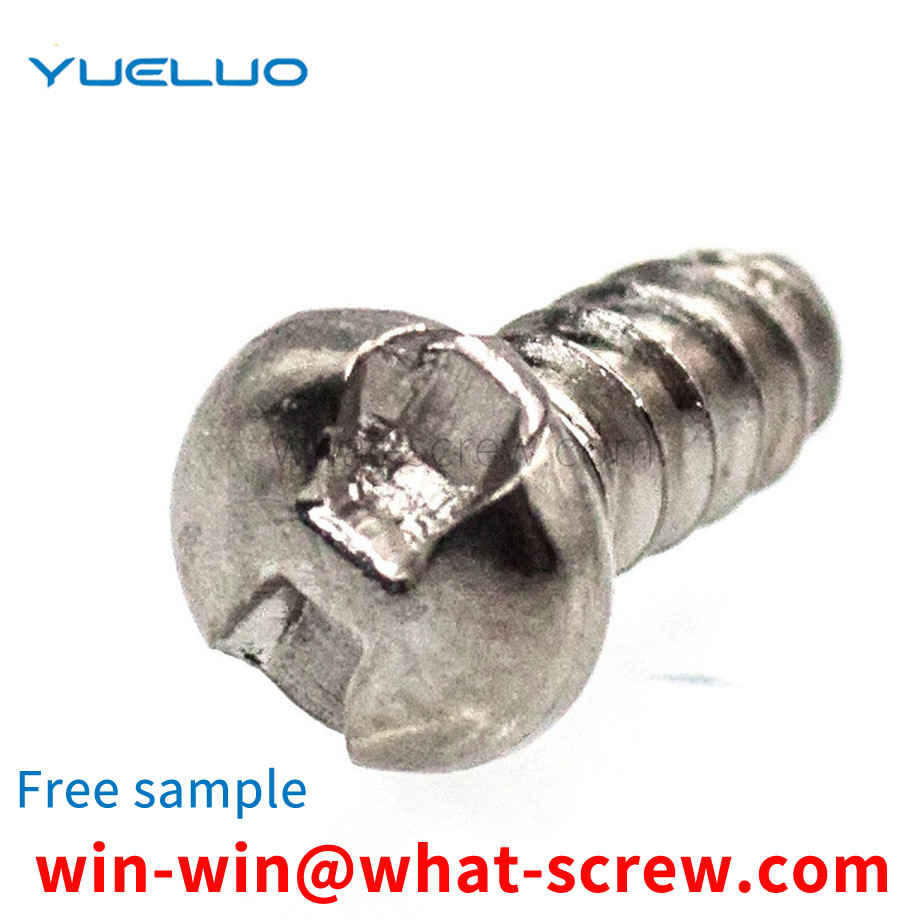
The flat key is simple in manufacture, reliable in operation, convenient in assembly and disassembly, and widely used. The flat key transmits torque by contacting the two sides of the keyway with the two sides, that is, the side is the working surface, so the main technical requirements for assembly are: to ensure the matching requirements between the flat key and the keyway of the parts on the shaft, and to transmit the movement smoothly and torque. The matching nature of the key and the keyway generally depends on the working requirements of the mechanism. The key can be fixed on the shaft or the hub, and can slide relative to another matching part (guide flat key); it can also be fixed on the shaft and the hub at the same time (ordinary flat key), and based on the size of the key, by changing the shaft The size of keyway and hub keyway can meet different matching requirements.
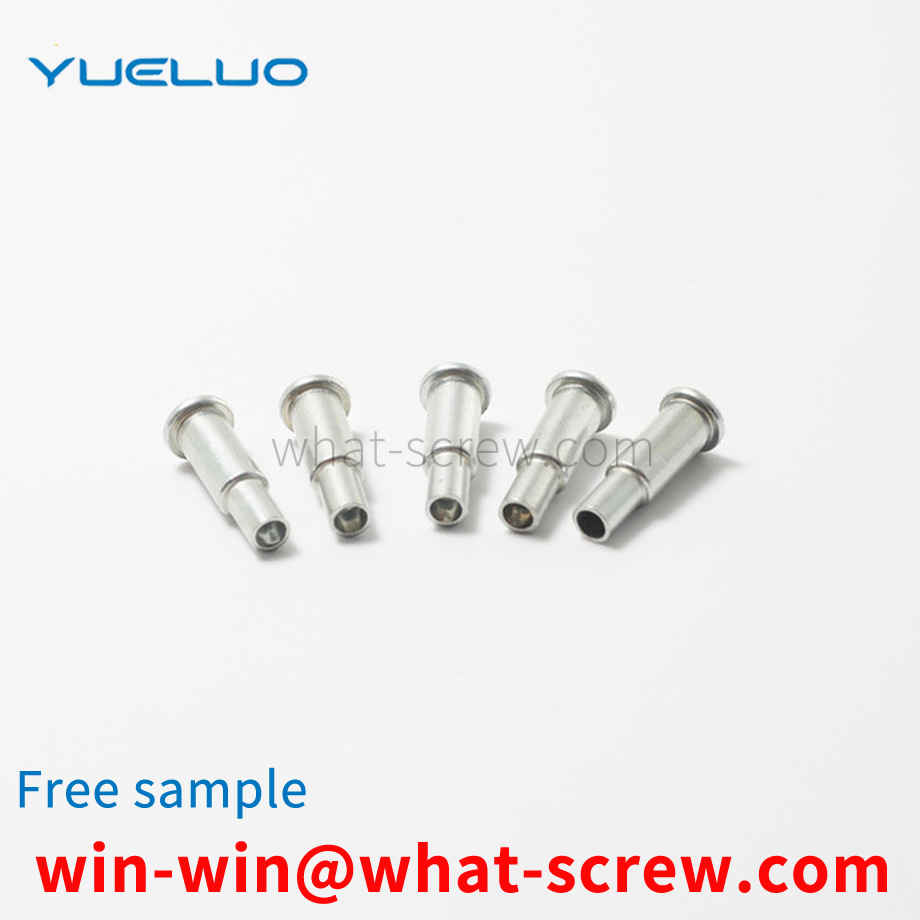
The above content is uploaded by Yueluo or the Internet. If there is any copyright issue, please contact [email protected].

What is the tolerance range of precision screws?

How to choose the right stainless steel screw manufacturer?

Why is there an R angle under the head of the hexagon head s...

We have more than ten years of production experience in the ...

We have more than ten years of experience in the production ...

We have more than ten years of experience in the production ...

We have more than ten years of experience in screw industry ...